X
wikiHow is a “wiki,” similar to Wikipedia, which means that many of our articles are co-written by multiple authors. To create this article, 13 people, some anonymous, worked to edit and improve it over time.
This article has been viewed 60,099 times.
Learn more...
While cursive was once commonly used and taught in school, it has started to drop from school curriculums, so it can be difficult to make sure your child learns cursive from their teachers. Cursive is usually taught in third grade, and can help children to develop fine motor skills and write quickly. But when your child isn't learning cursive in school, what do you do? Teach them yourself, of course![1]
Steps
-
1Start on the basics. Once your child is in about third or fourth grade, or expresses a wish to learn cursive, get them started on learning. It's best to have a sheet that shows every letter in cursive, in uppercase and lowercase, and start them on reading it, as cursive can be very difficult to read initially.[2]
- You can start your child on writing cursive, if you wish, but if they begin reading it first, you will be able to show them an example of what cursive typically looks like, how it's connected, and what letters are what.
-
2Get your child to start writing. When your child is able to read cursive writing, have them begin to practice writing it. Start off with things such as cursive practice sheets that show how to write the letters, and make sure they're doing both uppercase and lowercase letters.[3]
- It's best to get them to try writing all of the letters, and then seeing which letters were difficult for them. Ask your child which letters were the hardest for them to write, and then help them practice.
- Be aware that your child may find another way of writing a letter, such as writing their lowercase F so the lower loop is to the left of the line. Don't chide them on this - as long as you can still tell what the letter is, it doesn't need to be corrected.
Advertisement -
3Have your child begin writing sentences. When writing sentences, your child will be learning how to connect the letters. Teach your child how to connect letters, and which letters don't get connected to other letters.[4]
- A good sentence, when your child is comfortable with cursive, would be "The quick brown fox jumps over the lazy dog". It contains all letters of the alphabet, making it possible for your child to try connecting all letters.
- You can also start them on simple sentences, such as introducing themselves in cursive.
- Keep in mind that they should get a chance to use both capital and lowercase letters so that they learn to connect all letters, or which letters generally don't get connected.
-
4Try practicing with your child. If your child is having trouble learning cursive, write it yourself so that they can see how you do it. Who knows - maybe you're out of practice, too![5]
-
5Don't get upset if they don't pursue cursive. If your child doesn't want to learn cursive, don't force them into it. You can tell them that it's a useful skill, but if they don't want to learn cursive, don't get upset with them and don't make them learn it anyway.
- Your child may learn cursive but feel that writing in print is more efficient. That's okay. Many children write in print now, and it's common for some students to write partly in cursive and partly in print, or write in a cursive-print hybrid.
- Keep in mind that your child may just not want to learn cursive now. If they tell you they don't want to learn cursive, they may just not want to learn it in this time of their life for whatever reason - many children can be stubborn about learning. Keep the option open for them and let them come to you if they want to learn it.
Advertisement
Community Q&A
-
QuestionHow do I write in cursive?
 Sahildutta900Community AnswerYou need to be gentle and more patient with the child. Be friendly with the child, so your aim is to make the child like you and be relaxed with you. Scold gently if he/she makes a mistake. Now if you are successful start to teach cursive writing: give your demonstration and let her say sentences. Then make her copy your demonstrations. Tell him/her to make him/her own sentences and write them. Hold their hand and make them write if they have difficulty in writing. The important principle of cursive writing is not lifting the pen until the end of each word (the upper slashes on "t" are given at the end of word) and write words slanting towards the right. So keep practicing with her!!
Sahildutta900Community AnswerYou need to be gentle and more patient with the child. Be friendly with the child, so your aim is to make the child like you and be relaxed with you. Scold gently if he/she makes a mistake. Now if you are successful start to teach cursive writing: give your demonstration and let her say sentences. Then make her copy your demonstrations. Tell him/her to make him/her own sentences and write them. Hold their hand and make them write if they have difficulty in writing. The important principle of cursive writing is not lifting the pen until the end of each word (the upper slashes on "t" are given at the end of word) and write words slanting towards the right. So keep practicing with her!! -
QuestionHow can I improve my cursive writing?
 Community AnswerYou should use lined writing paper, and practice as much as possible so that you will get better and your writing will get neater.
Community AnswerYou should use lined writing paper, and practice as much as possible so that you will get better and your writing will get neater. -
QuestionDo I need to use any different methods when teaching an autistic child?
 Community AnswerIt depends on the child. Every child is different, so you will have to work with the child to figure out which teaching approaches are the most effective for them.
Community AnswerIt depends on the child. Every child is different, so you will have to work with the child to figure out which teaching approaches are the most effective for them.
Advertisement
References
- ↑ https://time.com/2820780/five-reasons-kids-should-still-learn-cursive-writing/
- ↑ https://www.aresearchguide.com/write-in-cursive.html
- ↑ https://www.youtube.com/watch?v=XGBpqJ3VFDQ
- ↑ https://www.youtube.com/watch?v=k0OX2_Jcy3Q
- ↑ https://time.com/2820780/five-reasons-kids-should-still-learn-cursive-writing/
About This Article
Advertisement
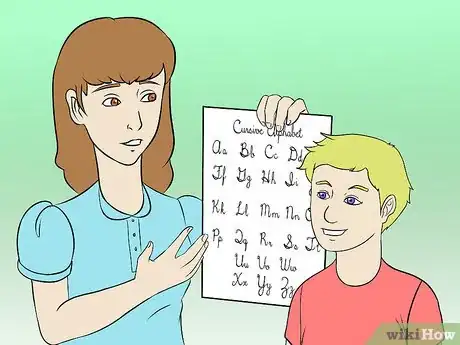
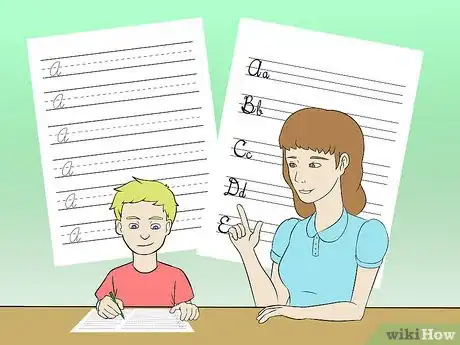
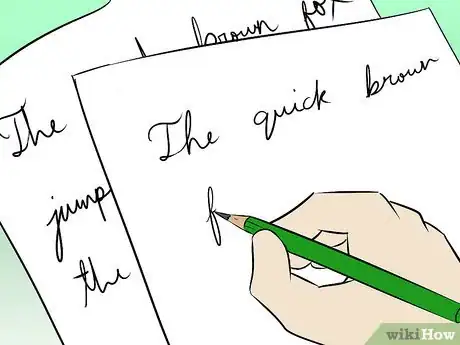
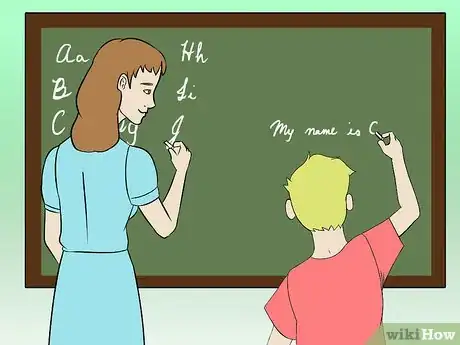
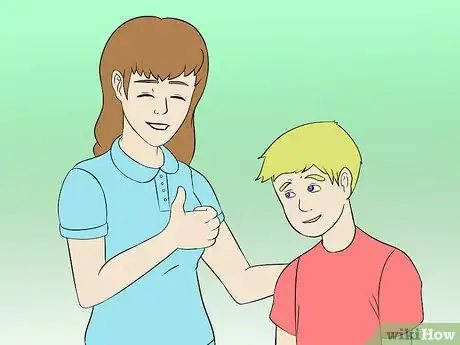

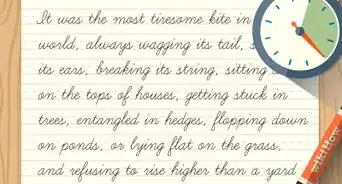
-Step-11-Version-3.webp)

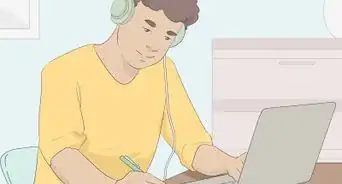
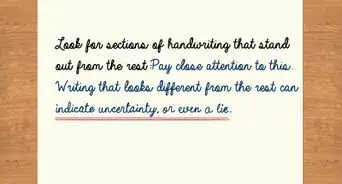
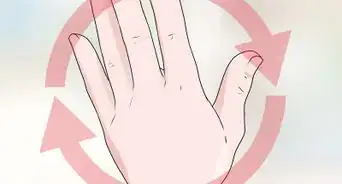
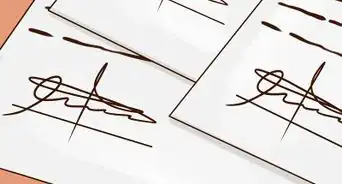
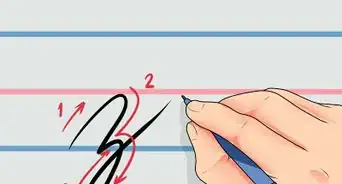
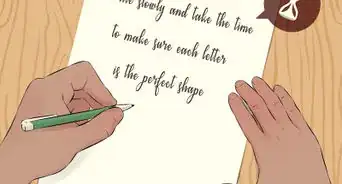

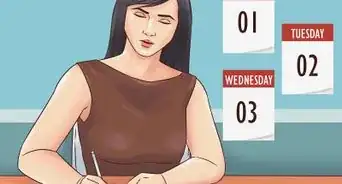
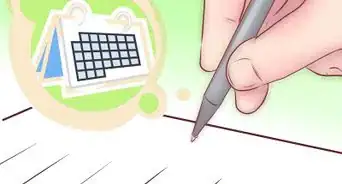






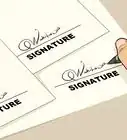
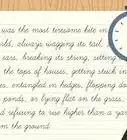
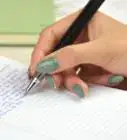
-Step-11-Version-3.webp)


































